The Stelvio National Park is one of the largest and oldest in Italy: established in 1935, it is the fourth in the history of our country (after those of Gran Paradiso, Abruzzo and Circeo) and covers an area of more than 130,000 hectares, spanning two regions ( Lombardy and Trentino Alto-Adige) and four provinces (Bolzano, Trento, Sondrio and Brescia). It is one of the most popular destinations in the Alps, a place where people go in all seasons: in winter for skiing and winter sports, in summer for mountain walks and cycling (the Stelvio Pass, moreover, is often tackled in the most beautiful stages of the Giro d0Italia). The Ortles Alps are included in the park, and splendid areas such as Valtellina and Val Venosta are part of it (open the links to discover some must-see places in these beautiful valleys). Forests of firs, larches, Swiss stone pines, and then more glaciers, the spectacular hairpin bends of the Stelvio Pass, villages with centuries of history, museums to learn about the history of the mountains and more, and wildlife oases where you can meet animals such as deer, roe deer, chamois, ibex, marmots, foxes, mustelids, grouse, golden eagles, buzzards, and owls: Stelvio National Park is one of the most diverse wildlife areas in Italy. There really is so much to see in Stelvio National Park. We have selected 10 stops where you can start your journey.
A hamlet of the municipality of Stelvio, it is located on the South Tyrolean side of the Stelvio Pass, along the state road that crosses it: it is the last village before reaching the summit. From here, therefore, you can set out to discover the magnificent landscapes the pass has to offer, trying the climb by car, motorcycle or bicycle, if you have the right training. In the village, which has medieval origins (it is first mentioned in the 14th century, although it was not inhabited continuously until the 16th century), visit the quaint Church of the Visitation of the Blessed Virgin Mary, nestled in the verdant meadows on the slopes of the Stelvio, and the Hotel Bella Vista, run by the Thöni, who have lived in Trafoi for five hundred years and have set up a museum in the building dedicated to Gustav Thöni, an Alpine skiing legend who won four World Cups, five World Championship gold medals and one Winter Olympics. Not far from Trafoi, one can also visit the sanctuary of the Three Holy Fountains, located at 1,607 meters above sea level, built in the 13th century but remodeled in the 18th century.
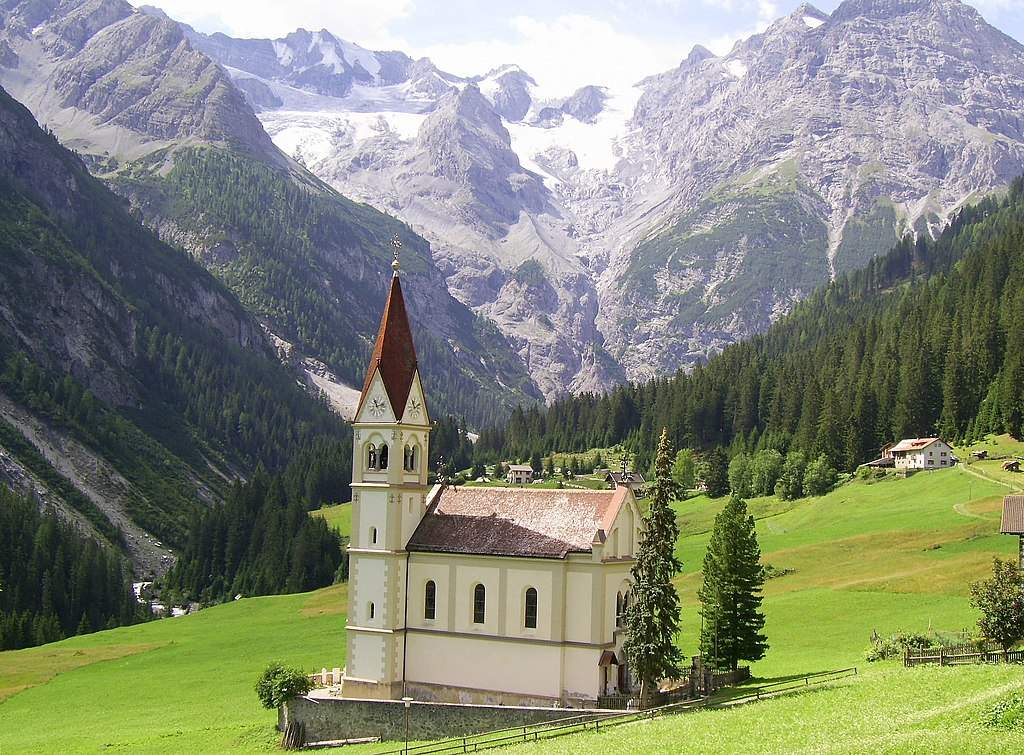
Owned by the Banca Popolare di Sondrio, it is located on the Lombardy side of the Stelvio Pass, in Bormio, and is dedicated to engineer Carlo Donegani (Brescia, 1775 - Milan, 1845), famous for being the designer of the road that climbs the Stelvio Pass connecting Bormio with Trafoi. The museum details the history of the Stelvio Pass, with three sections: one dedicated to the road, narrating its birth, design, and construction (it was opened in 1825 and is considered one of the most extraordinary civil engineering works in the history of Italy), one to the Great War, with artifacts and panels illustrating the events of World War I that took place near the Stelvio, and one on events, particularly sports events. The museum is located near the Stelvio Pass and opens in the summer to coincide with the opening of the road.
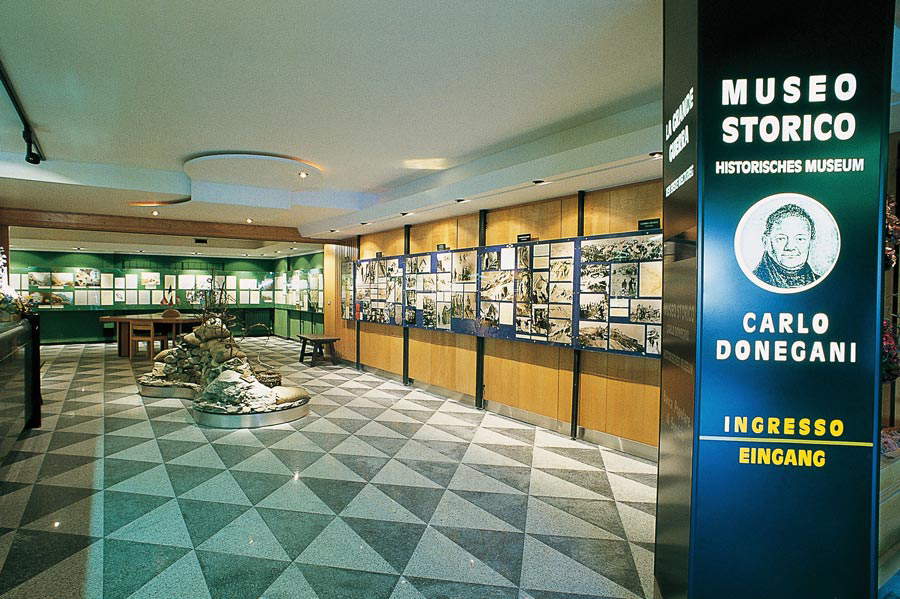
A very high museum, you might say: it is in fact located at 1,900 meters above sea level, in Solda, Vinschgau, on the slopes of Mount Ortles, referred to as the “End of the World” in a 1774 Tyrolean map. It is one of six venues of the Messner Mountain Museum founded by the great mountaineer Reinhold Messner (the others are located in different parts of South Tyrol: at Castel Firmiano, Castel Juval, Forte Monte Rite, Brunico and Plan de Corones), and specifically is dedicated to the theme of ice, an important part of mountaineering experiences. However, there are also paintings with landscapes of this area of South Tyrol and views of the Ortles. The Messner Mountain Museum Ortles is housed in an underground venue designed by Vinschgau architect Arnold Gapp, who envisioned the museum’s main space within a hillside that sits next to the farmstead that Messner himself salvaged and converted into a farm with a restaurant (which offers typical Himalayan specialties, among others).
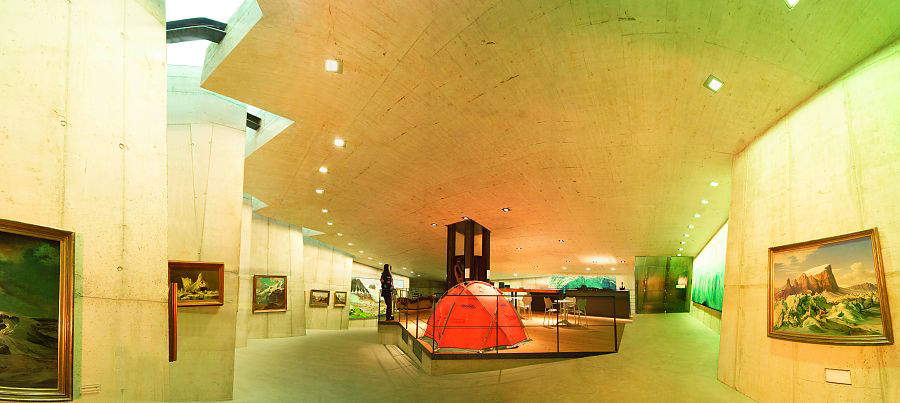
A village in the upper Vinschgau, not far from the Stelvio Pass, Solda is located at an altitude of 1,906 meters above sea level and is best known as a popular ski resort, but even in the summer it is visited for the amenity of its landscapes. It is also an important center for mountaineering, since climbs to Mount Ortles start from here. In the village you can visit the Altepfarrkirche, the old parish church attested as early as the 14th century (although its present appearance is 17th century), and the small Museum for the Ortles Region, while starting from the center you can walk through the meadows surrounding the village, or along its small lakes, or in the coniferous forests that can be reached on foot.
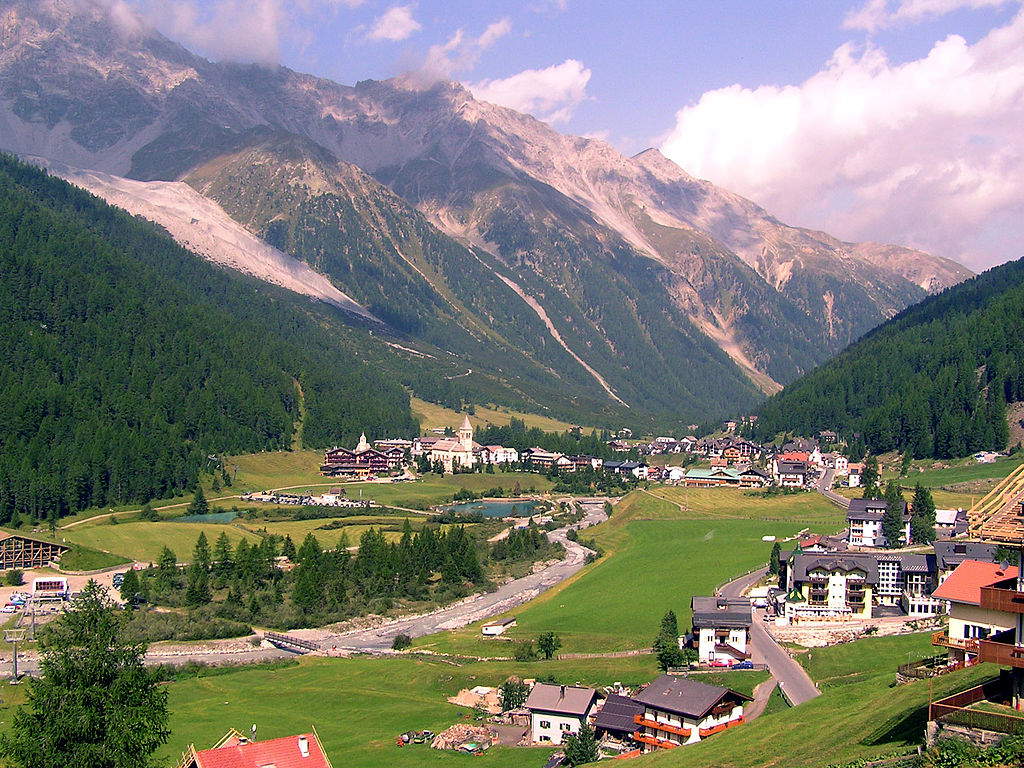
Ski enthusiasts know Santa Caterina Valfurva mainly because it is a famous resort, both for alpine and cross-country skiing, thanks to its challenging slopes that have made it a frequent stop on the World Cup and European Cup circuits in alpine skiing, as well as the World Cup in cross-country and Nordic combined skiing. It also hosted the women’s races of the 1985 and 2005 Alpine Ski World Cups. It is therefore a must-see destination for those who go to the Stelvio National Park with the idea of practicing their favorite winter sport (for periods, moreover, that are long, from November to April, because Santa Caterina is located at the bottom of the valley and this location allows it to maintain a cold climate, suitable for skiing, for several months). But even in summer, Santa Caterina, which likes to call itself the “sport town,” is a suitable destination for sportsmen, offering the possibility of walks among flowers, in the woods, perhaps pausing to look at some rare plant or spotting some alpine animal.
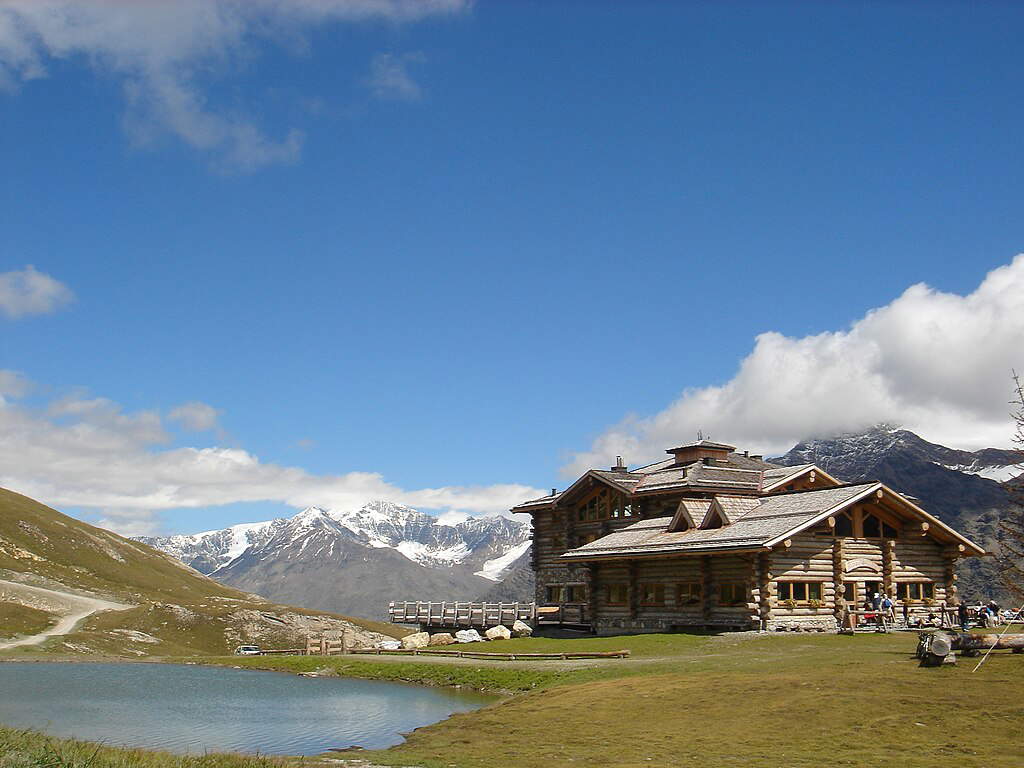
As the name itself suggests (Prad am Stilfserjoch in German), this resort is not far from the Stelvio Pass, although it is actually about 20 kilometers from the pass. It is one of the most popular destinations for tourists who come to the Stelvio National Park with the idea of indulging in mountain hiking, because of its central location, easily accessible, and close to all the major mountain groups. The municipal capital, Prato, is located in the center of a lush plain, and is home to the Aquaprad Visitor Center, one of the Stelvio National Park centers, dedicated in this case to the aquatic world, because near Prato allo Stelvio flows the Rio Solda, and the Center houses a lake aquarium where the living conditions of Lake Caldaro have been recreated, with the main fish species that inhabit it. There are therefore many activities dedicated to the world of lakes and rivers. Finally, Prato allo Stelvio is famous for the production of wooden furniture, and for the cultivation of the excellent and celebrated Val Venosta apples.
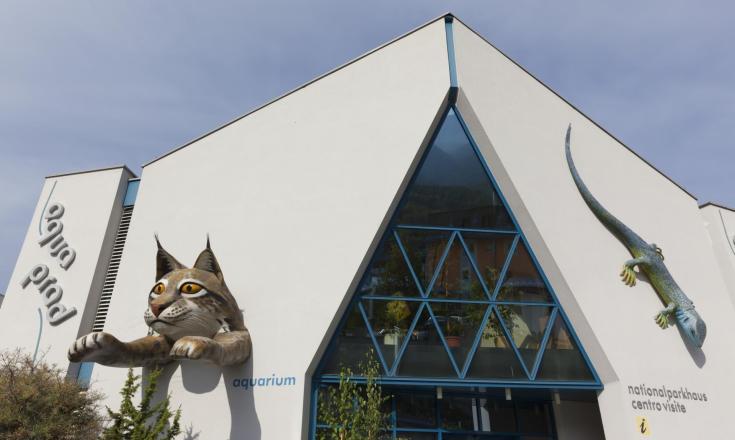
The small hamlet of Martello (Martell in German), located in the lower Venosta Valley, has a peculiarity: its inhabitants, just under 900, are all native German speakers. In the village one can visit the church of Santa Valburga and the church of Santa Maria alla Fonderia (the latter peculiar because it is a pilgrimage destination and because it is located in a forest), but Martell is above all a base, along with the nearby and more populated Laces, for hiking in Val Martello, an area known in ancient times for cattle breeding, as well as for strawberry cultivation. Val Martello is particularly suitable for hikers, who find trails here suitable for all difficulties, but also for cross-country skiers: some of the most beautiful trails in the region can be found here. Mount Cevedale is also known for the possibility of ski mountaineering.
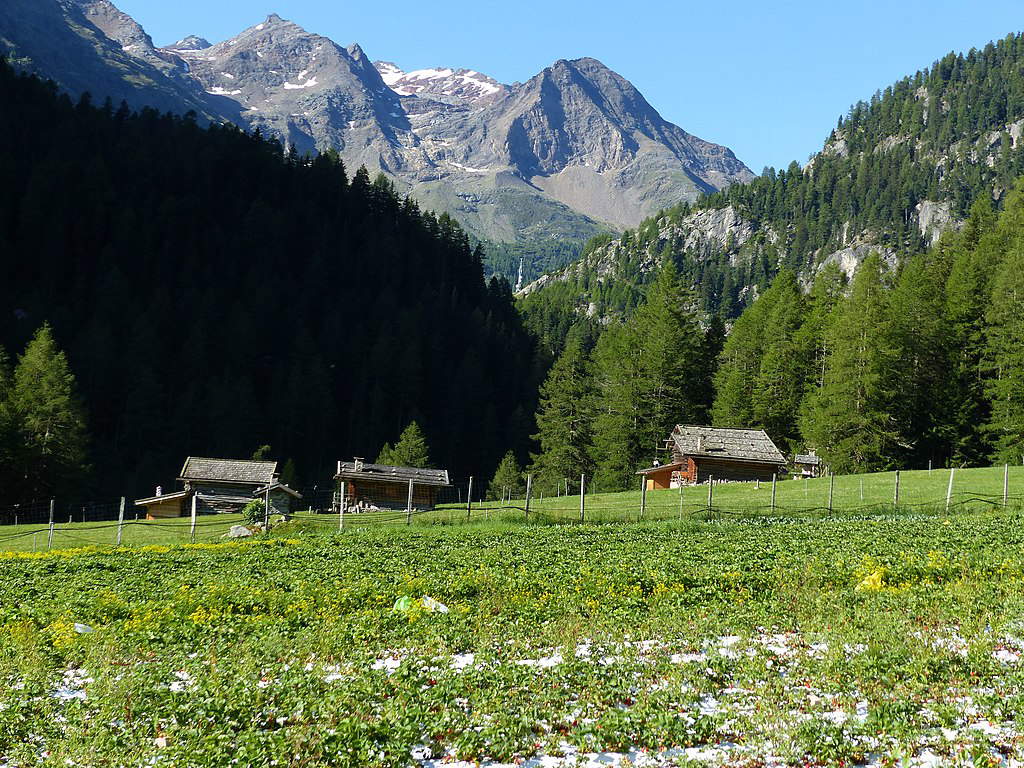
This is one of the most famous resorts in Val di Sole, a popular vacation destination in Trentino, and is nestled in the Stelvio National Park. Peio is best known for its waters (the Terme di Pejo spa, in operation in both summer and winter, is located here), and for its ski lifts, one of which, the Skiarea Pejo3000, located at three thousand meters above sea level, one of the highest in the Alpine region. In the historic center of Peio Paese, not to be missed is the beautiful 14th-century church of San Giorgio, with a tall bell tower that preserves a large fresco depicting St. Christopher at its base, while the interior features frescoes by Giovanni and Battista Baschenis, Bergamo painters active in the 15th century. Also very special is the church of San Rocco, which has unusual architecture, with a canopy-covered pronaos, a bell gable, and a single-nave interior covered by a cross vault. Peio Paese is also home to the Peio 1914-1918 Museum, which chronicles the events of World War I that took place at high altitude.
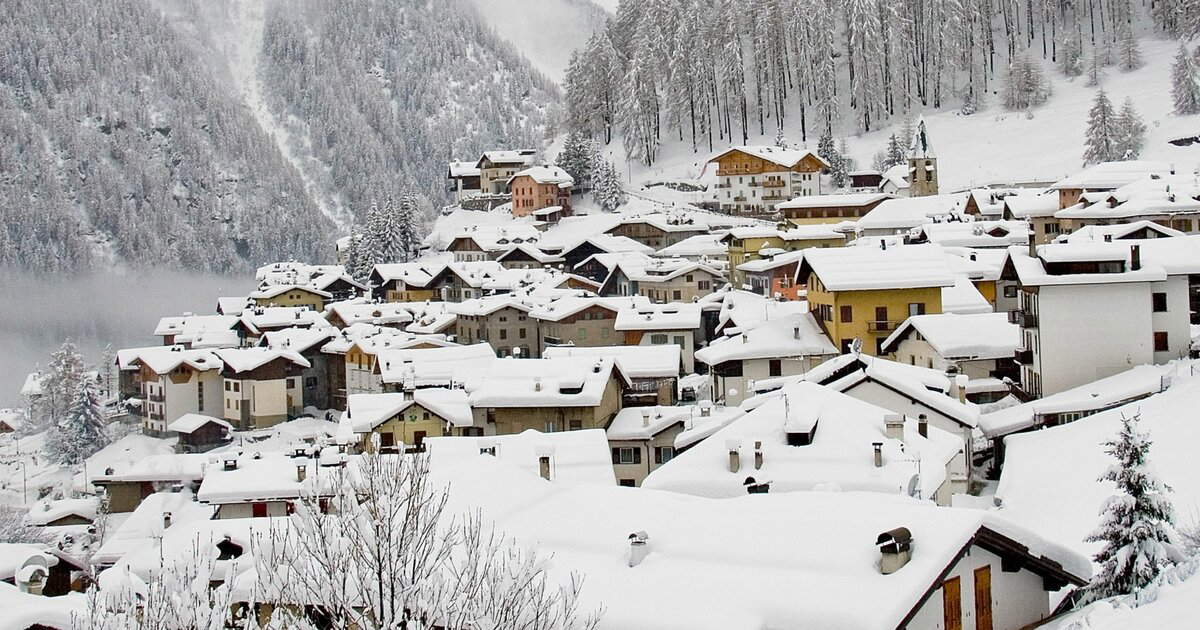
If you want to easily see deer and roe deer, the Peio Wildlife Area, the only one in the Stelvio National Park, is just the thing for you: a convenient reserve located in the locality of Runcal, along the provincial road that leads from the center of Peio to Peio Fonti, where it is possible to observe ungulates in their habitat and... occupied in their daily activities. In the wildlife area, it is also possible to visit the “House of Deer,” which serves as a Visitor Center and information point, and houses panels and apparatuses that illustrate, in a language suitable for everyone, the life and characteristics of the animal species that inhabit the Stelvio National Park.
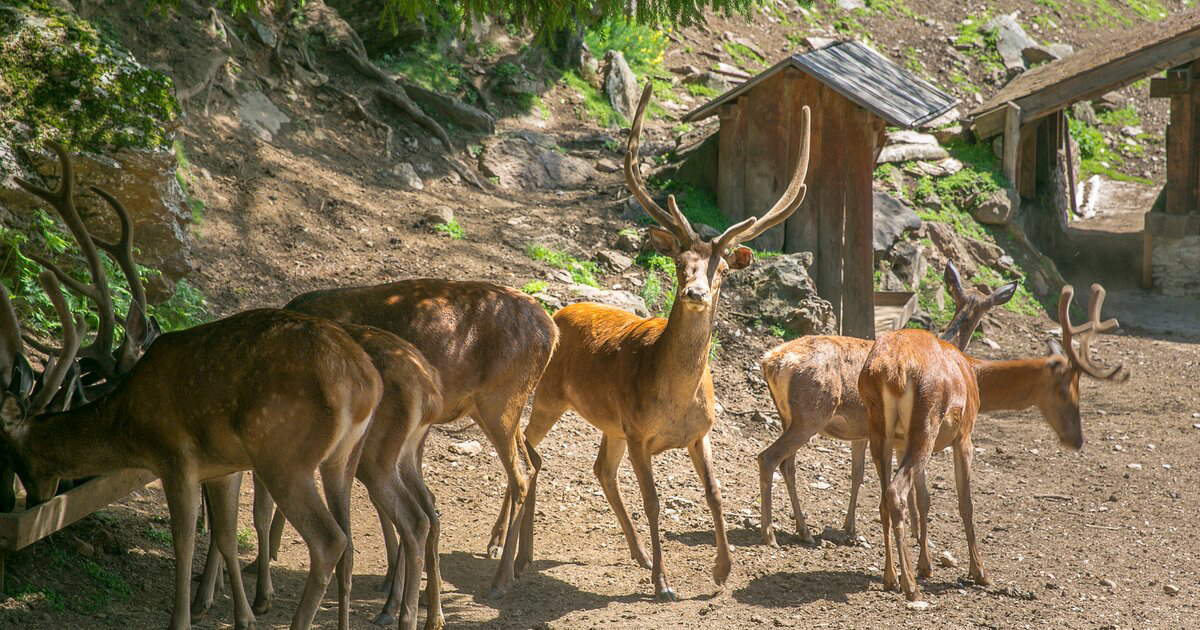
Fort Venini is one of the best-preserved World War I stable fortifications in all of Europe. It is located in Oga, Valdisotto (province of Sondrio), and was built between 1908 and 1912 to defend the Alpine passes of Valtellina in preparation for the impending clash with Austria. It is named, starting in 1938, after Captain Corrado Venini and is now a museum (opened in 2003 after a restoration that lifted the structure from the decay into which it had fallen), which tells the story of World War I and World War II, as well as illustrating how life was lived in the fort itself. The interior is divided into various rooms, including living quarters for the soldiers (who also enjoyed a minimum of comfort since the rooms were heated), while the basement houses the tanks that contained the water reserves for the fort. Fort Venini is also home to temporary themed exhibitions.
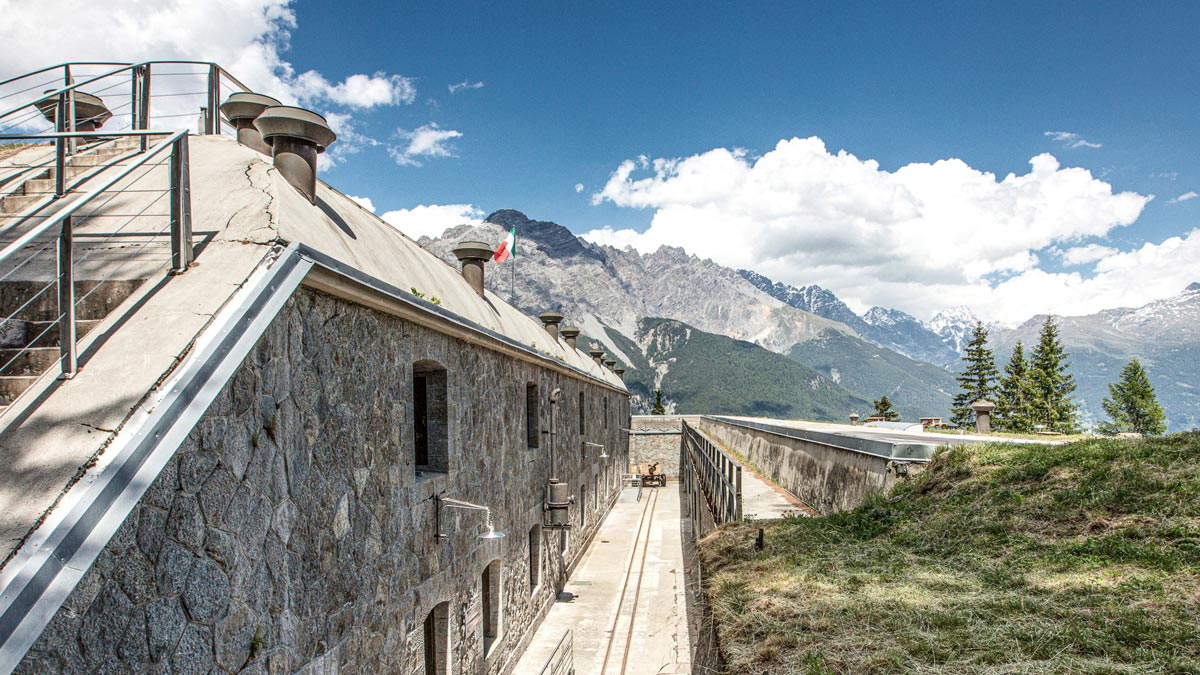
 |
| Stelvio National Park, what to see: 10 places not to be missed |
Warning: the translation into English of the original Italian article was created using automatic tools. We undertake to review all articles, but we do not guarantee the total absence of inaccuracies in the translation due to the program. You can find the original by clicking on the ITA button. If you find any mistake,please contact us.